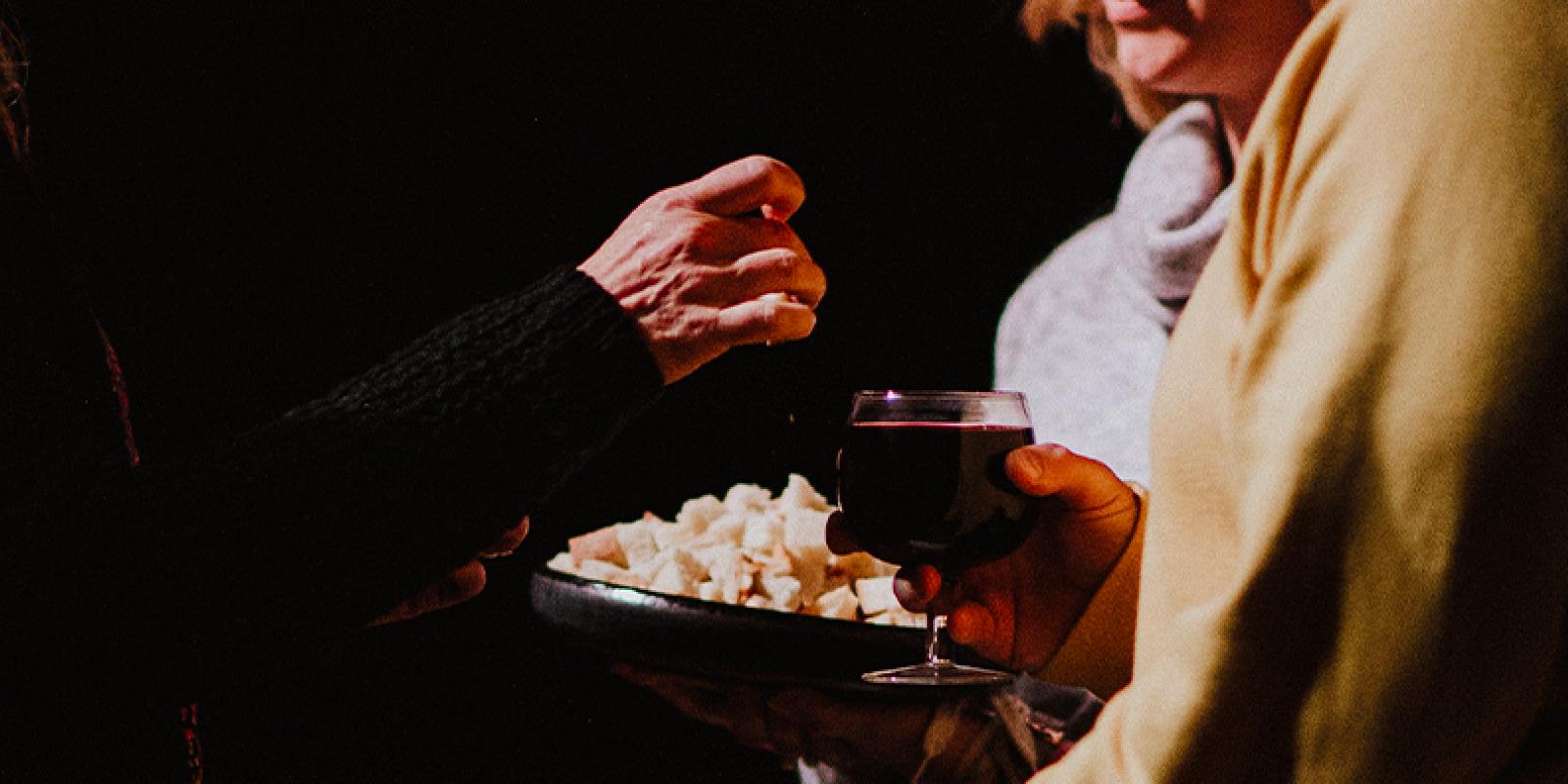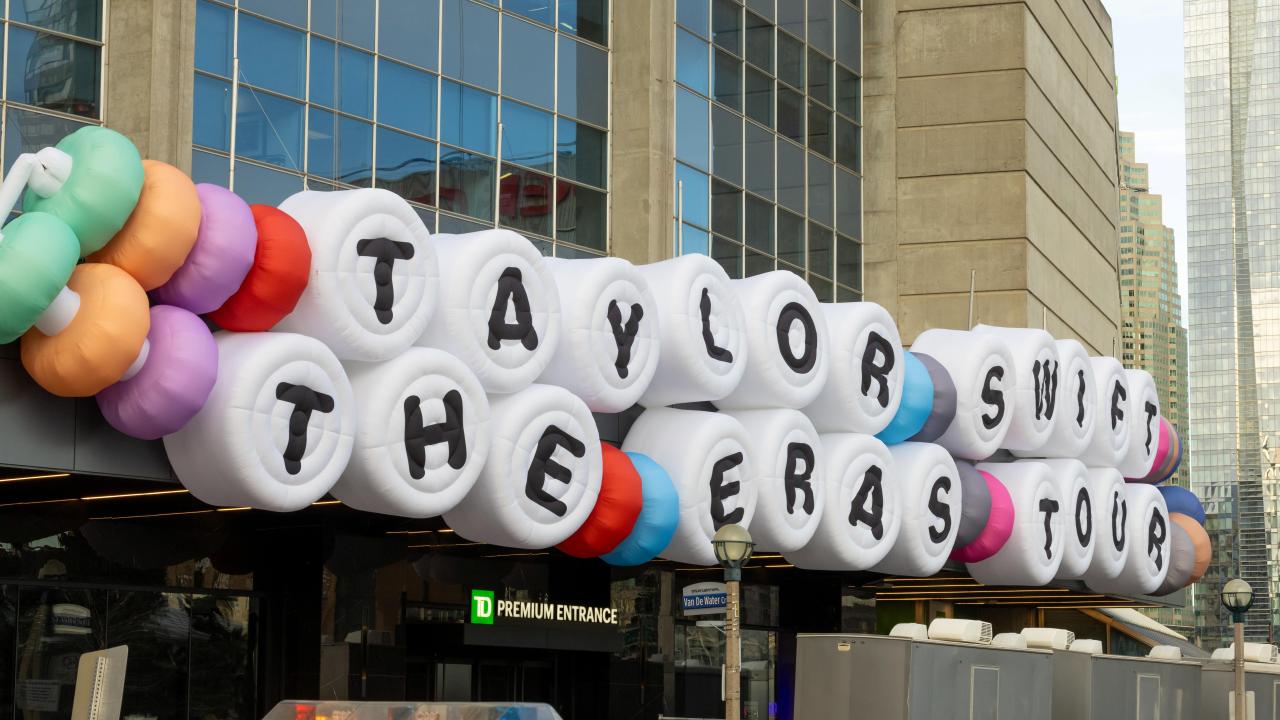If you haven’t recently taken the time to inspect the elements and tools that you use for communion, consider this an invitation to go back to these mundane items which take up significant meaning when we use them in communion. What meanings are you communicating in your choices?
This summer I had the privilege of serving as a chaplain at Camp Fowler, a RCA camp in the Adirondack Mountains of New York. Throughout the week we studied the many tables at which Jesus presided, culminating in the Lord’s Supper. In preparation for teaching this passage, I set up stations around the room for the campers (ranging in age from 8-18) to explore the various symbolic elements and tools of communion: grapes, bread, chalice and paten, and even the table itself. The campers held, smelled, questioned, and reflected on each symbol. Some campers imitated what they had seen their minister do in church; others crawled under the table inspecting each detail for meaning. For a significant group, this was the closest they had ever come to communion.
As I explained the activity to the campers, one girl raised her hand and asked if the bread was gluten free. “Absolutely,” I said, “It’s free of everything!” Knowing that there were some severe allergies in the group, I had purchased Schar Par Baked Baguettes which we use at Western Theological Seminary, where I am a student, for our Friday communion services. This bread is free of the major allergens and safe even for those with Celiac disease. Thankfully, all of the kids were able to inspect this bread because it was safe for everyone!
In preparation for World Communion Sunday, perhaps we should all inspect the bread that we use in communion with the wonder and questioning of the campers: what do our element choices say about communion?
For example, in choosing gluten-free bread, one thing we communicate is that we all eat of the same loaf. Communion not only draws us into community with the Trinity but also into community with each other. The early Church seemed especially concerned with having an equitable community at the table with Paul famously admonishing the Corinthians for having “private meals” instead of sharing the feast (1 Corinthians 11:17-34). Our communion with one another is powerfully symbolized when we break one loaf which gets repeated worldwide.
Further, gluten-free bread recognizes that part of belonging to the body of Christ is to submit to each other and consider each other’s needs. When those who do not have food allergies choose to use gluten-free bread, they practice hospitality at the table. One of the basics of hospitality is to ensure that everyone feels safe and welcomed. I love hosting a Tuesday night dinner group of college and seminary students, but one of my regular attenders has a dairy allergy. It would not be very welcoming for me to serve Mac and Cheese! No, a hospitable host considers the needs of those who are coming to her table.
Lastly, I have found that gluten-free bread tends to get stuck in my teeth, which means that sometime later in the day, I am reminded that I have been fed at a holy table so that I might be made holy. I am reminded that I have been given “free of everything” bread so that I might freely share the grace that God has given to me. I am reminded that I regularly share a meal that unites me with saints from all times and places!
So if you haven’t recently taken the time to inspect the elements and tools that you use for communion, consider this an invitation to go back to these mundane items which take up significant meaning when we use them in communion. What meanings are you communicating in your choices?




